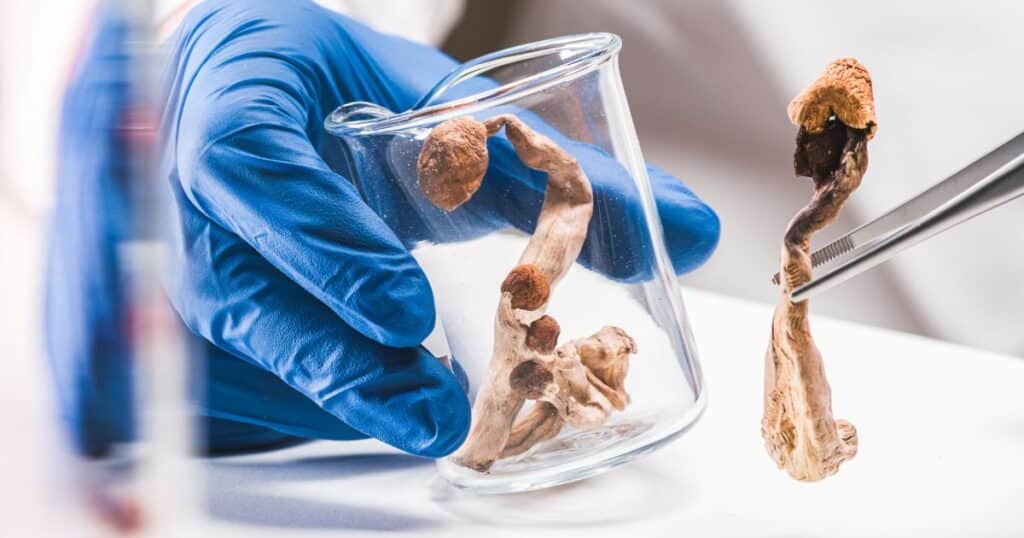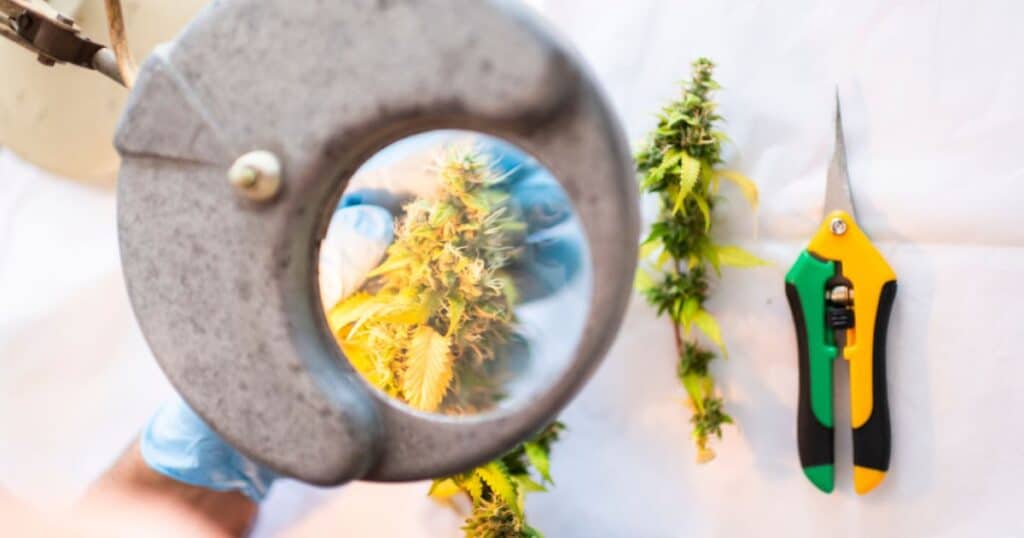The Drug Enforcement Administration (DEA) has made a decision to increase production quotas for cannabis and psychedelics in 2024. This development has sparked important discussions about the potential benefits of conducting more research on these substances.
While cannabis and psychedelics may have been stigmatized in the past, there is growing evidence that they could hold great therapeutic potential for various medical conditions. By increasing production quotas, the DEA is signaling a recognition of this potential and opening the door for further research to be conducted in these areas.

In order to understand the significance of DEA’s decision, it is important to have a basic understanding of what production quotas are and how they are determined. Production quotas refer to the amount of a controlled substance that can be produced in a given year for legitimate purposes, such as medical research or industrial use. These quotas are set by the DEA and aim to balance the need for a sufficient supply of controlled substances with the prevention of diversion and abuse.
DEA considers various factors when determining production quotas, including estimates of the legitimate medical, scientific, research, and industrial needs for these substances. This helps ensure that there is an adequate supply available while also limiting any potential for misuse or illegal distribution.
DEA’s Initial Proposal for Production Quotas
In November 2023, the DEA published a notice in the Federal Register regarding their initial proposal for the 2023 aggregate production quotas (APQ) for controlled substances listed in schedules I and II. This proposal sparked interest as it included an increase in production quotas for substances such as THC, psilocybin, and DMT than originally planned – all of which have been gaining attention for their potential therapeutic effects.
The most recent update to the Federal Register for 2024 production quotas shows even more increases in production quotas for substances such as d-9-THC, all other tetrahydrocannabinol, psilocybin, and DMT; below is a graph of how many grams the DEA used for each substance in 2023 and then how much they need for further research in 2024.
| Substance | 2023 APQ (g) | 2024 Projected APQ (g) |
| d-9-THC | 628,460 | 1,523,0402024 |
| All other tetrahydrocannabinol | 350,000 | 1,166,130 |
| Psilocybin | 15,000 | 20,000 |
| Dimethyltryptamine (DMT) | 3,000 | 11,000 |
The proposed increase in production quotas suggests that DEA recognizes the growing interest and potential benefits of further research on these substances. It also opens up opportunities for more medical and scientific professionals to conduct important studies that could potentially lead to new treatments or therapies.
Public Comments Urging DEA to Increase APQ for Psychedelics for Religious Use
During a public comment period, which ran from November 2, 2023 to December 17, 2023, DEA received a total of 4,699 comments regarding their proposed increase in production quotas for certain schedule I substances. Among these comments were requests for increased APQs for substances such as psilocin, psilocybin, mescaline, ibogaine, LSD, DMT and 5-MeO-DMT for religious uses.
They also commented that the APQ for mescaline should be increased in order to allow access to members of the Native American Church, as well as replanting into the wild because of shortages. They opined that DEA has disregarded their legal religious use of psychedelics as a factor when setting the production quotas of these substances. They also requested a hearing with the Administrator if DEA does not take their freedom of religion into consideration.
DEA Response per Federal Register: “In the past, DEA held discussions with representatives of indigenous communities when requested and continued to welcome further engagement and input. The APQs are determined in part by the individual manufacturing quota requests submitted by DEA-registered manufacturers of these substances. DEA received quota applications from DEA-registered manufacturers for 5-MeO-DMT, psilocin, psilocybin, mescaline, LSD, 2CI, DMT and 5-MeO-DMT. DEA has considered these applications, along with the factors listed in 21 CFR 1303.11 (b) when determining the aggregate production quotas.”
In addition to requesting increased production quotas for religious purposes, some commenters also argued that the APQs should not be limited to only pure chemicals. They suggested that fruiting bodies containing psilocybin and psilocin, as well as peyote buttons containing mescaline, should also be included in the APQs.
DEA Response: “Psilocybin and psilocin are schedule I controlled substances naturally occurring in psychedelic mushrooms, while mescaline is the schedule I controlled substance naturally occurring in peyote. Because the CSA controls psilocybin and psilocin specifically, DEA will continue to establish APQ for those two substances. The APQs apply to psilocybin and psilocin that is manufactured synthetically as well as to substances that are derived naturally. Peyote is controlled under 21 U.S.C. 812(e) Schedule I (c) as a separate controlled substance from mescaline. The APQ for peyote was proposed and is established at zero.”

The increase in production quotas for cannabis and psychedelics is a significant step forward, signaling that the government is recognizing the potential benefits of these substances and actively seeking to further research on them. This could potentially lead to less strict laws surrounding their use and open up new innovative ways to incorporate them into medical treatments.
It also highlights the importance of public engagement, as seen through the comments submitted during the public comment period. With continued research and collaboration, we may see even more positive changes in the future regarding these substances.
Enjoyed that first hit? Come chill with us every week at the Friday Sesh for a freshly packed bowl of the week’s best cannabis news!
















